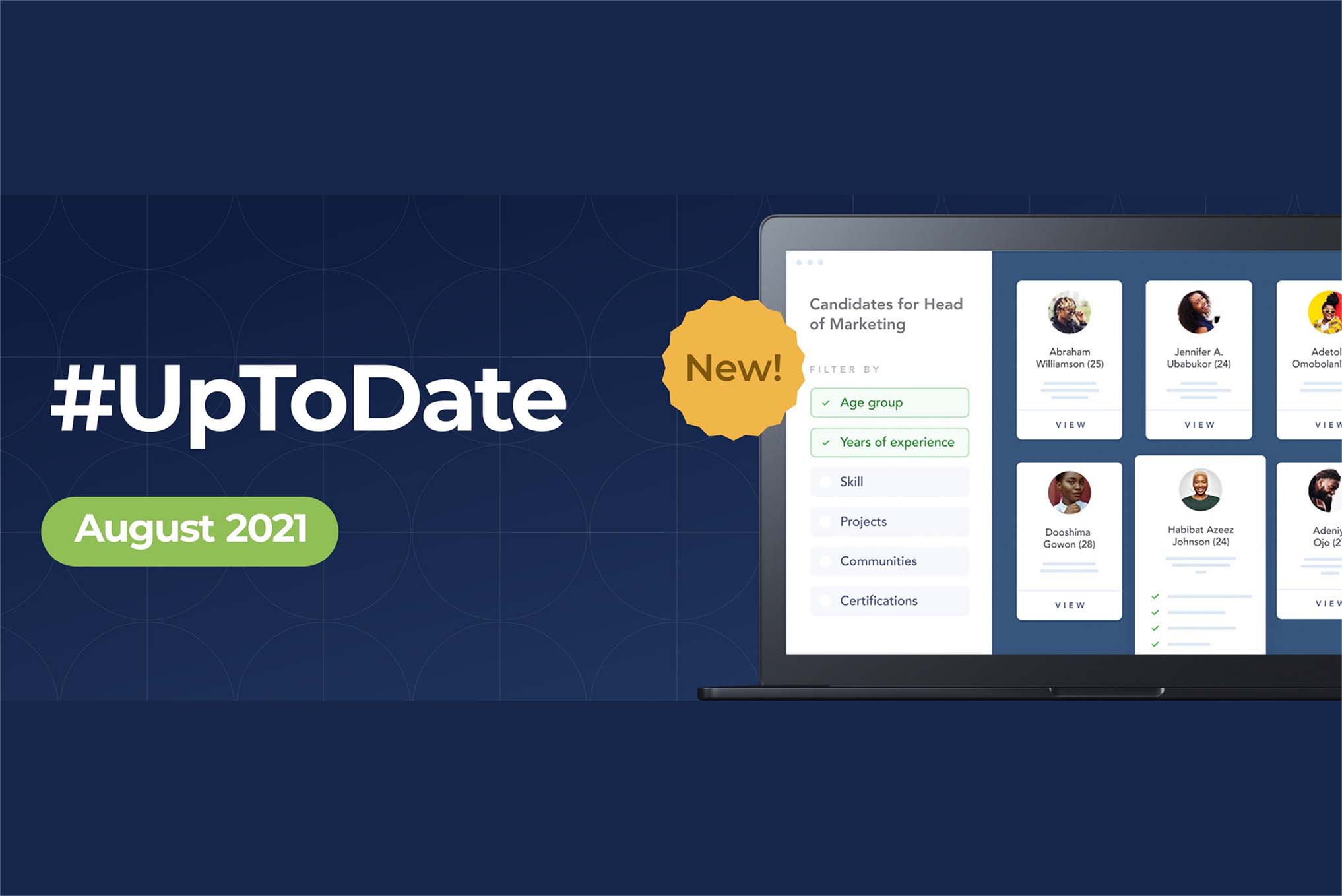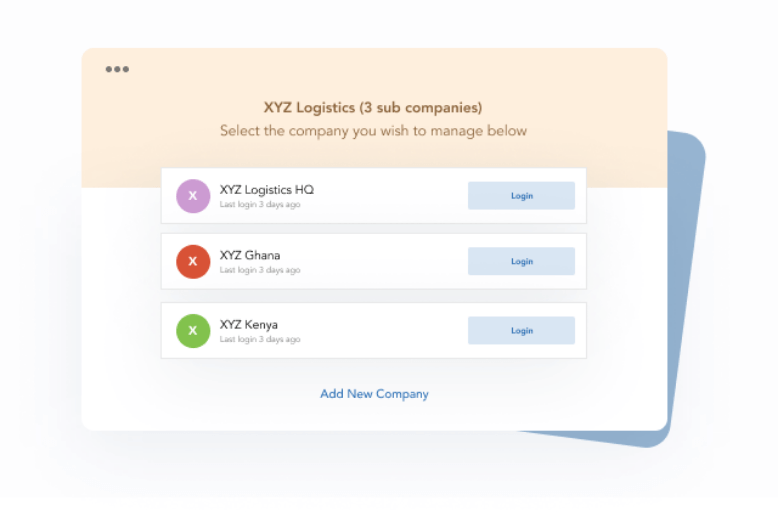The employee onboarding process is the first experience a new employee will have with your company. The experience forms their first impressions about the organisation, and that first impression is a strong factor in determining how long the company would retain the new hire.
Employee onboarding is the process of helping new employees become integrated into the company by helping them understand the company culture, the requirements of their new role, and all of the information and tools they need to thrive at the new position.
A Gallup survey says that 88% of companies do not onboard their employees well. According to this Business News Daily article, poor onboarding is also one of the primary reasons for high employee turnover. The unending cycle of losing employees who have only worked at the company for a short time, searching and hiring new ones can cost organisations thousands of dollars yearly – up to about 33% of the employee’s annual salary, up to about 33% of the employee’s annual salary, studies say
Put yourself in the shoes of a new hire resuming the new job either physically or remotely. After experiencing the recruitment process, they are likely excited to have been chosen for the role and might also feel slightly nervous about resuming a new position in a new environment and want to put their best foot forward.
Employee Onboarding Checklist
It is important to note that there are three distinct stages to onboarding a new employee and it doesn’t start and end the day they resume. The stages are:
- Pre-resumption
- First day
- Post-resumption
Pre-resumption
Getting the employee prepared even before they start work helps create a strong sense of order and boosts the new hire’s confidence as they resume their new role.
1. Share their offer letter
Send the offer letter to the selected candidate in an email. This letter should include their starting date and the details of their employment. If you’ve had an informal conversation with the candidate about your decision to hire them, they are likely to take it with a pinch of salt until they receive the offer letter.
2. Finalise on documentation
Some companies prefer to wait for the new hire to resume with the necessary documents on their first day, but getting everything about documentation out of the way would be better for the new hire so they can hit the ground running when they resume.
3. Send the company handbook to them
As your employee anticipates the resumption date, you can improve their experience by sending them the company handbook. Reading the handbook will help them prepare themselves to transition into the new work environment when they resume.
4. Set up their email and workspace
It is important to set up the employee’s email before they resume and set up their workspace if they will resume physically at the office. Do your best to ensure they have access to the needed work tools before they resume. If they need an access card to come into the office space, try to ensure that they get this before resumption or on their first day. If possible, send them a welcome kit with company-branded items.
Preparing it all before resumption makes it less stressful for HR and boosts the new hire’s confidence and enthusiasm as they resume. This is opposed to a situation where the new hire resumes to meet everyone scrambling around, only to get access to their official email and laptop over a week after resumption.
5. Plan the employee onboarding training sessions
Make plans ahead of this and inform everyone that will be involved. You can also go ahead and prepare the other departments to receive them.
6. Share the training schedule
You’ll likely have an induction class and additional training for the new hire to undergo. Sharing the schedule for this before their first day helps your new teammate plan ahead as well.
Depending on the mode of work at your organisation, the training could be physical, virtual, or hybrid.
First Day
A new hire’s first day will be the most important in their journey with your organisation. Make it impactful. Make them comfortable. Allow yourself and the new hire to have some fun.
1. Remind the employee to bring the appropriate documents
Should there be any reason that the documents sent over email aren’t complete, their first day is a good day to finalise on documentation.
2. Show the new hire around
Take the new hire around the office as you have planned and explain what each department or office area is for. Introduce them to their new colleagues and create as many good experiences during this orientation.
3. Welcome them
Send them a welcome email after they have accepted their letter. This email should thank the new hire for joining the team and express how much everyone is looking forward to working with them.
Your welcome email could share a description of the new hire, their achievements, the position they will be filling, and in what department. Your colleagues will be happy that a new person is joining the team, and this information would help them prepare to welcome the new worker. This helps to generate talking points that can facilitate a bonding experience between old employees and new hires.
Post resumption
Once their first day is a success, the rest of the onboarding experience will flow easily. This covers everything that happens until your onboarding period (which, depending on the organisation, could last from one week to about six months) ends.
1. Conduct the employee onboarding training
Be it virtual or physical, having your new hire attend an induction course will allow you to share vital information not contained in the employee handbook with the new hire.
In the course of the training, the new employee should be introduced to the company’s culture, values, mission, vision, history, code of conduct, security policies, and other things that are important to the company. The induction period should also share content that would help the new hire ready to actively contribute to their department.
2. Send out a survey for new hire feedback
You should find out from the new hire about how they think the onboarding went. Ask them what they liked and what they did not, and to suggest improvements. You can use this survey to gauge how much they have learned, how comfortable they are with the workplace and the onboarding experience.
This would help to optimise your onboarding practices.
3. Set up check-in times
It’s easy to get caught up in the frenzy of work, so set up specific days to check in on your new hire at different intervals within the first six months of their arrival. These check-ins can be rotated between representatives from the HR team and the new hire’s line manager.
Always create a safe space for the employee to talk during these periods. It would improve their communication with you in the long run.
4. Organise a social gathering
Away from the pressures of the office, it would help if you involved the new hires in a social gathering with other employees. This encourages bonding and team building. You may discover interesting things about the new hire as they discover exciting things about their colleagues. This can help create a stronger team that looks out for each other.
Managing the onboarding flow and ensuring that each new hire gets all they need from the organisation to start work on a great note translates into a lot of work for the HR team, especially considering all they already manage. Besides creating heavier workloads for HR, collecting onboarding information manually could lead to communication gaps, missing information, and delays for new hires.
Using a software like SeamlessHRMS, organisations can automate the onboarding process ad provide a seamless experience for new hires and HR alike.






